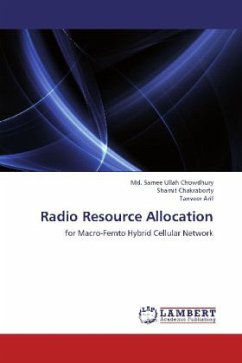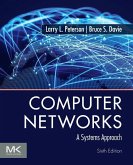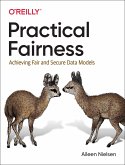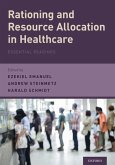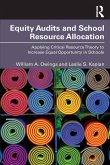Macro-Femto Hybrid Cellular Network (MFHCN) has been considered as one of the most promising infrastructure for the upcoming next generation cellular network. Femto-Cell(FC) is very effective when it comes to reducing poor signal coverage. The range of the device might be low but it functions to reduce the traffic congestion of the larger Macro Network as well as provide enhanced data rate for both voice and data transmission. In short, it provides better Quality of Service (QoS), i.e., reduce congestion, increase capacity, reduce system outage, while using minimal power consumption. In this work we propose a suboptimal Resource Allocation algorithm for MFHCN. Multiuser and Multiservice are considered in this proposed model. A priority parameter is introduced to maintain fairness amongst all users. By doing so, we were successful in achieving improved outage probability without compromising the total system throughput.
Bitte wählen Sie Ihr Anliegen aus.
Rechnungen
Retourenschein anfordern
Bestellstatus
Storno

